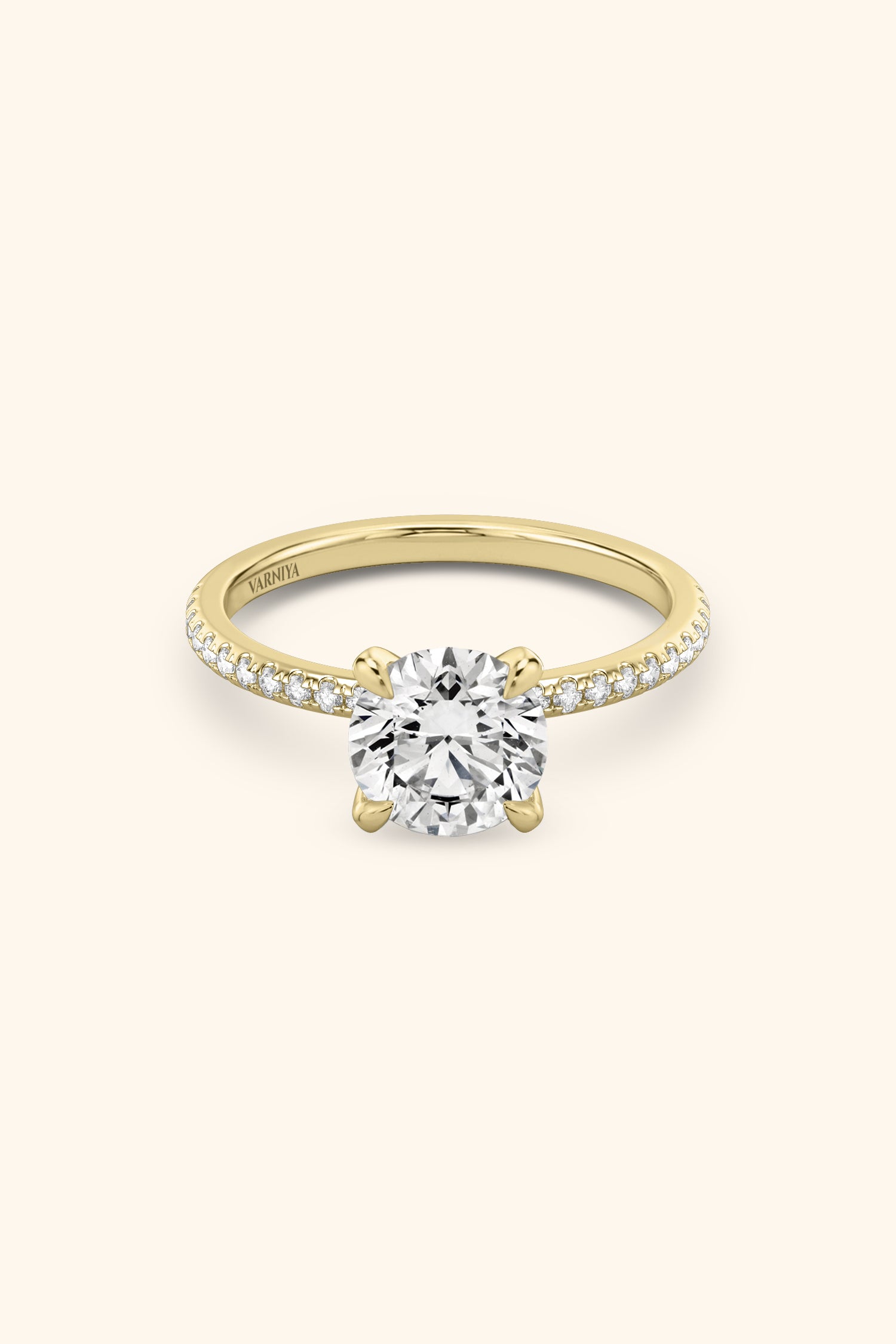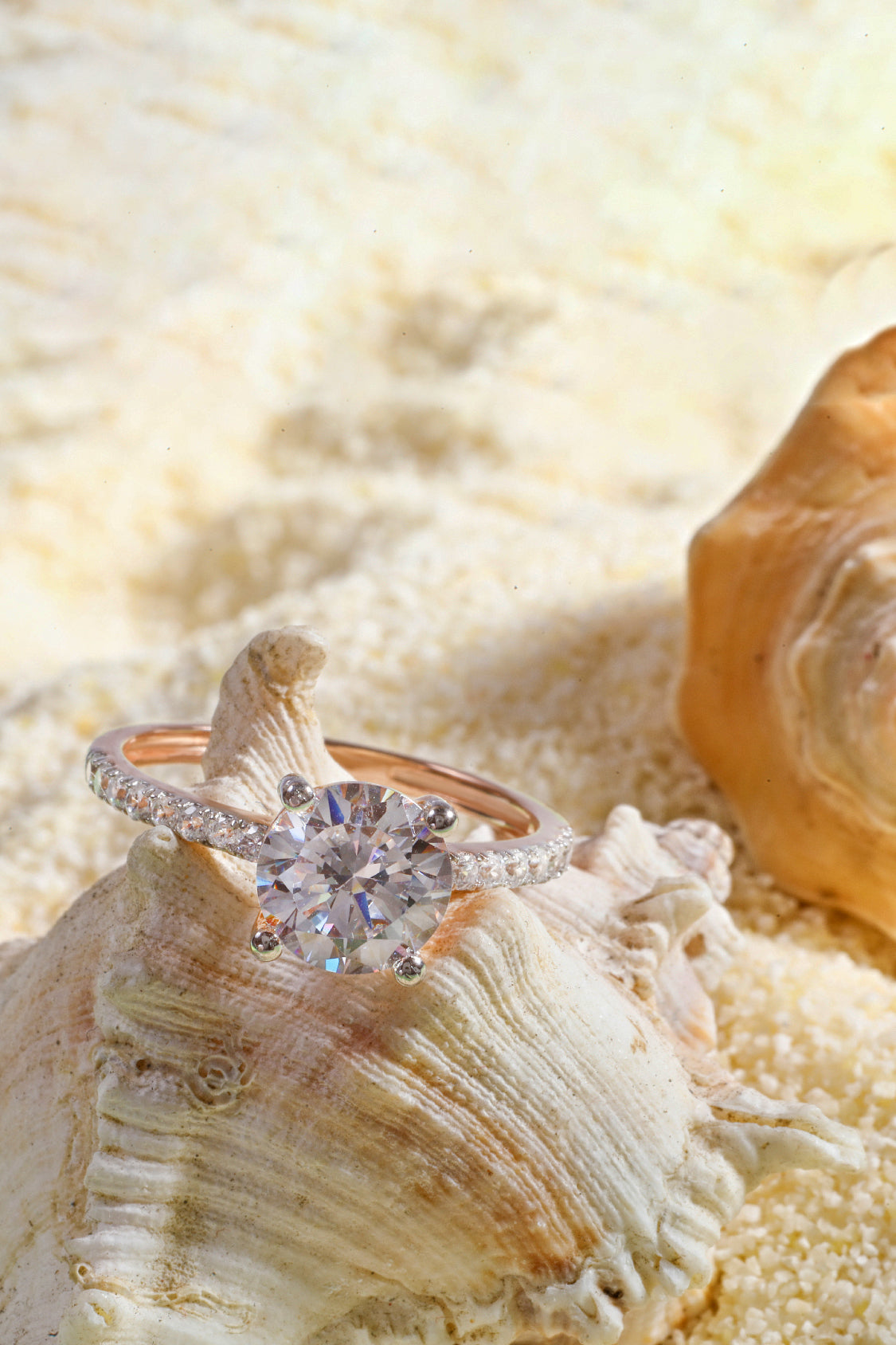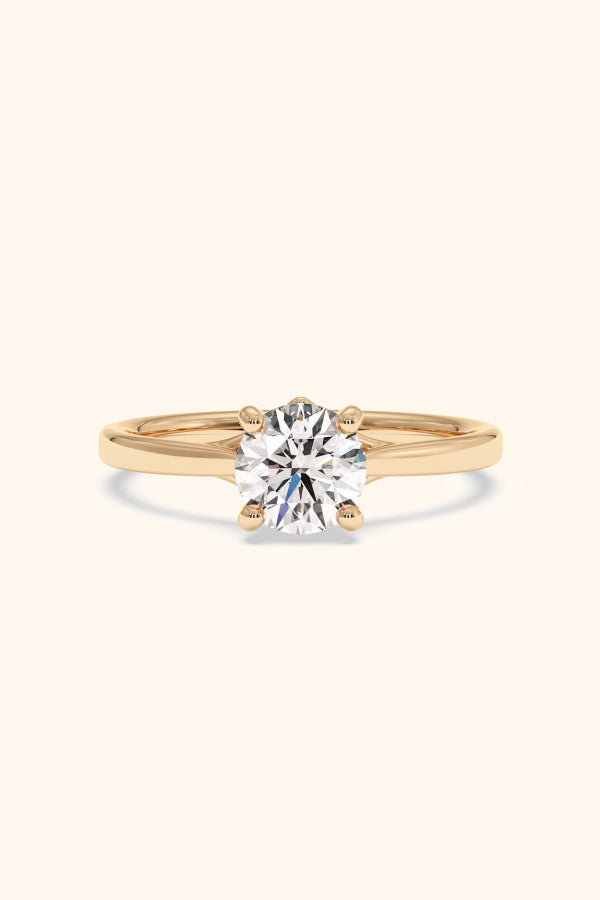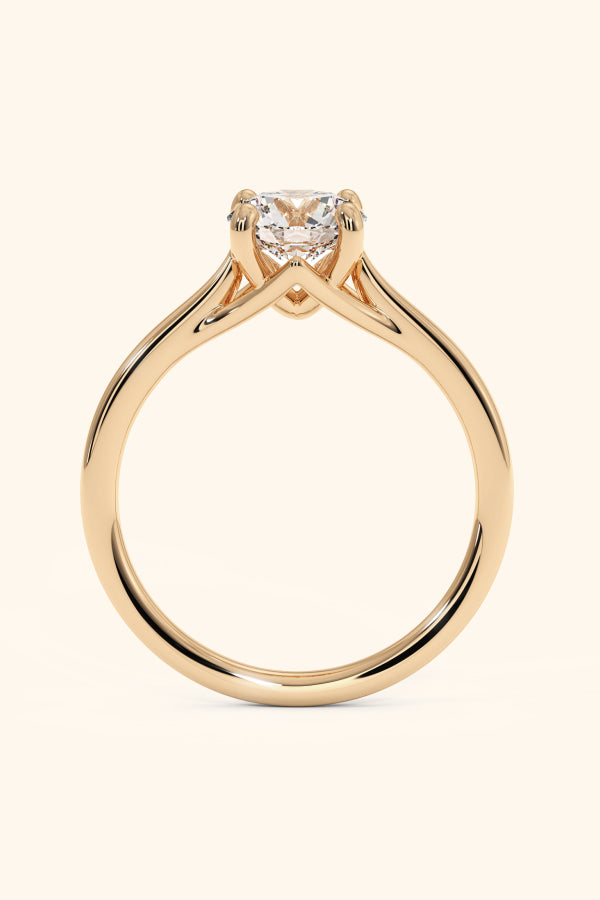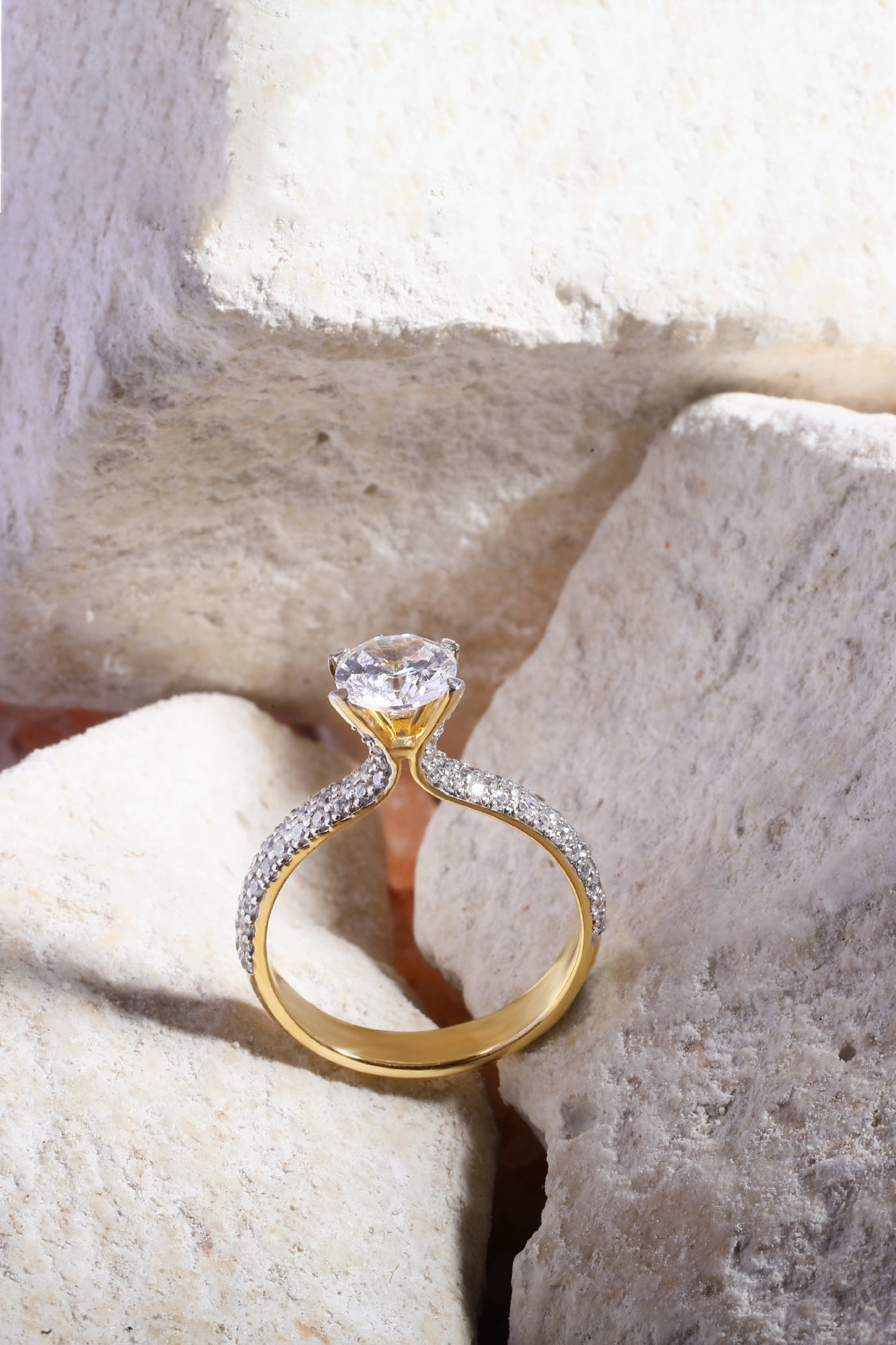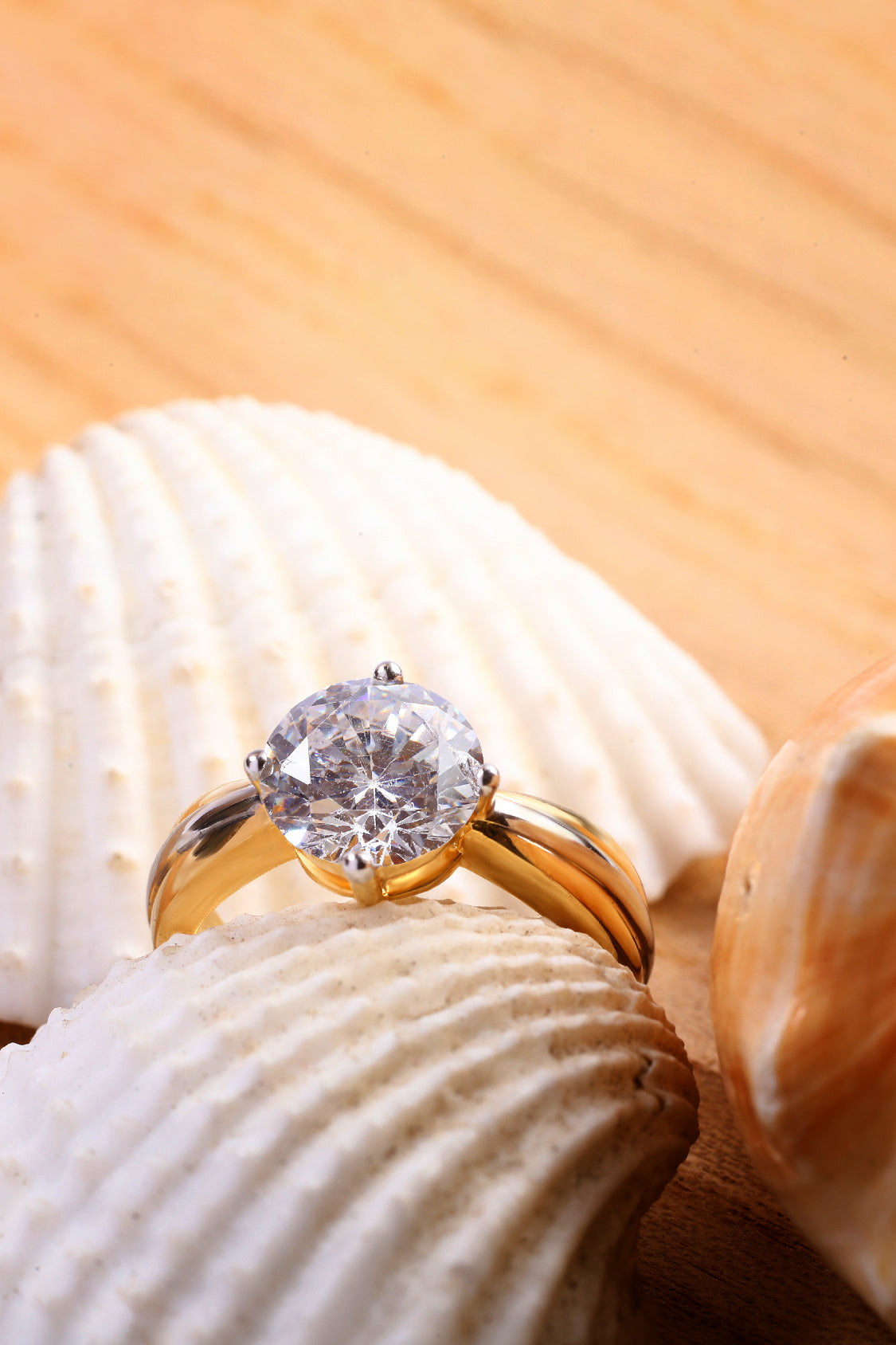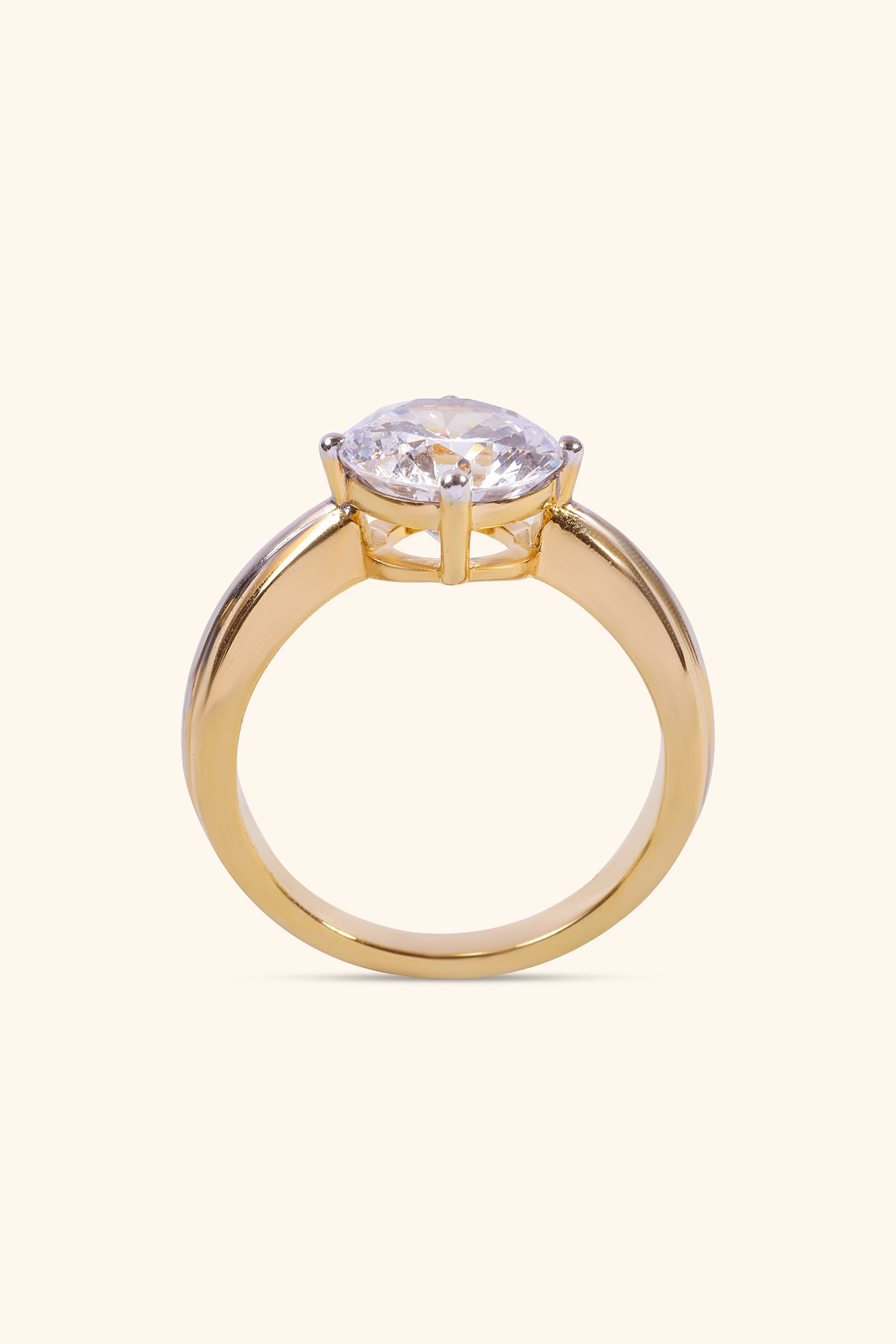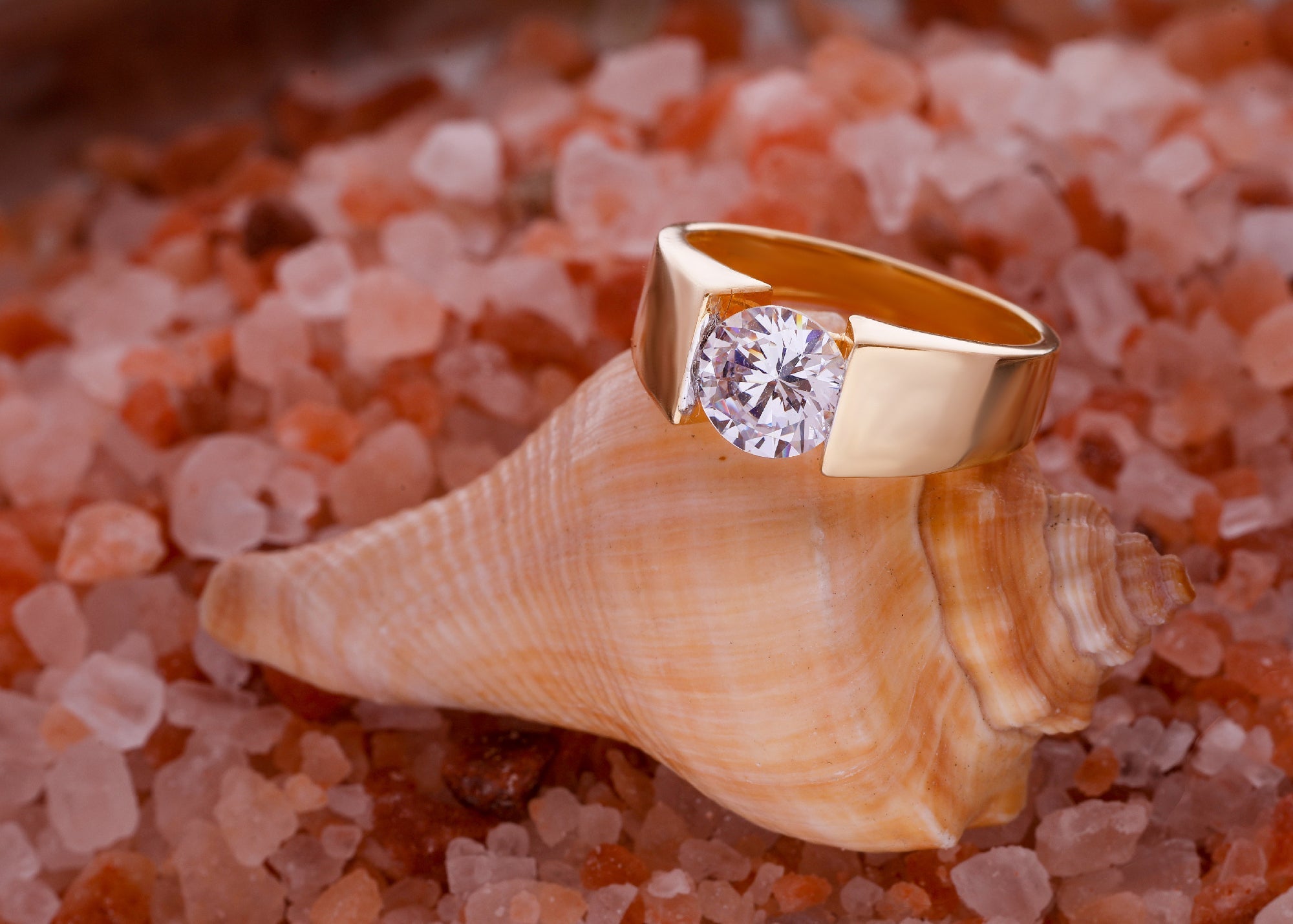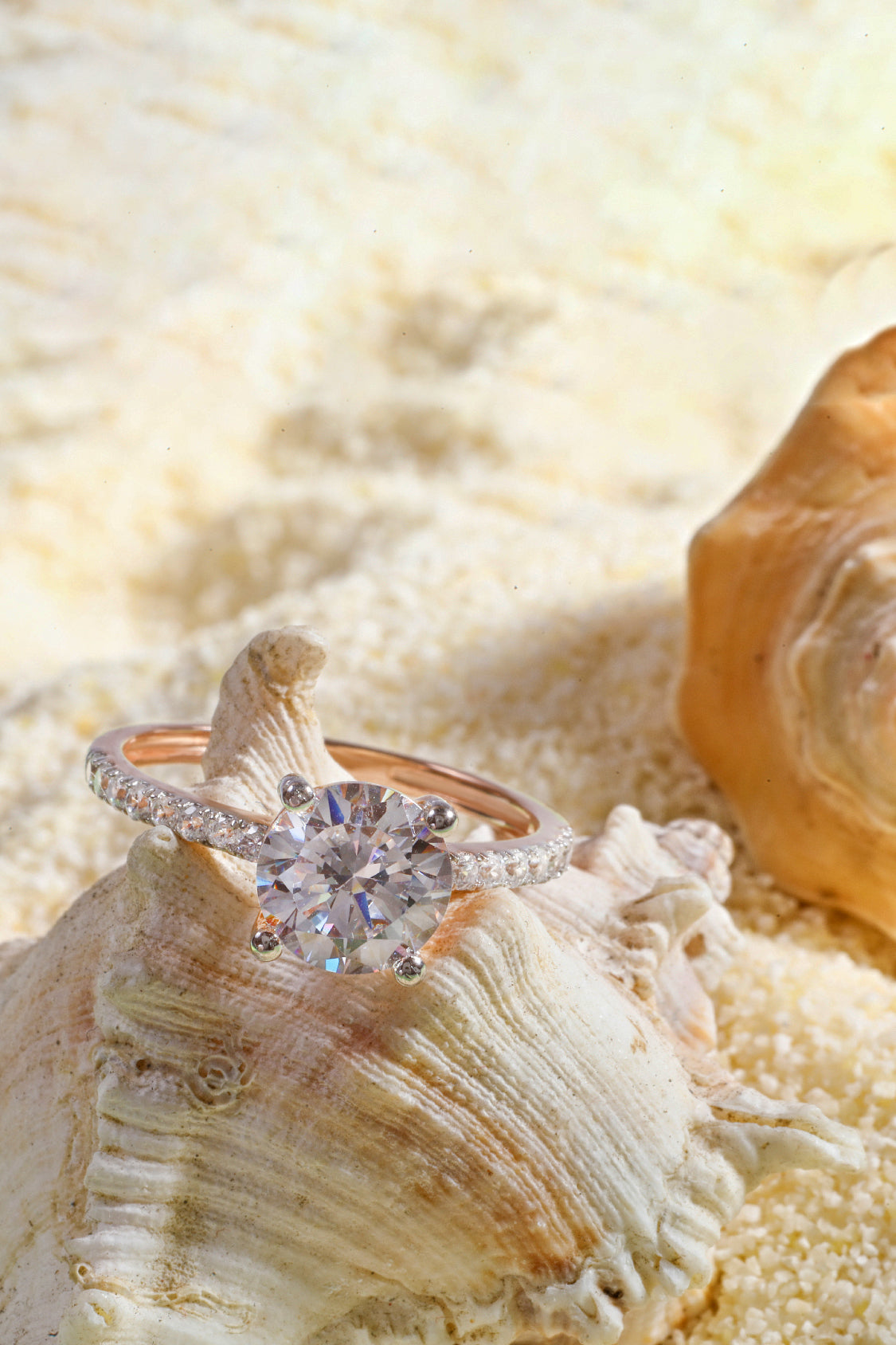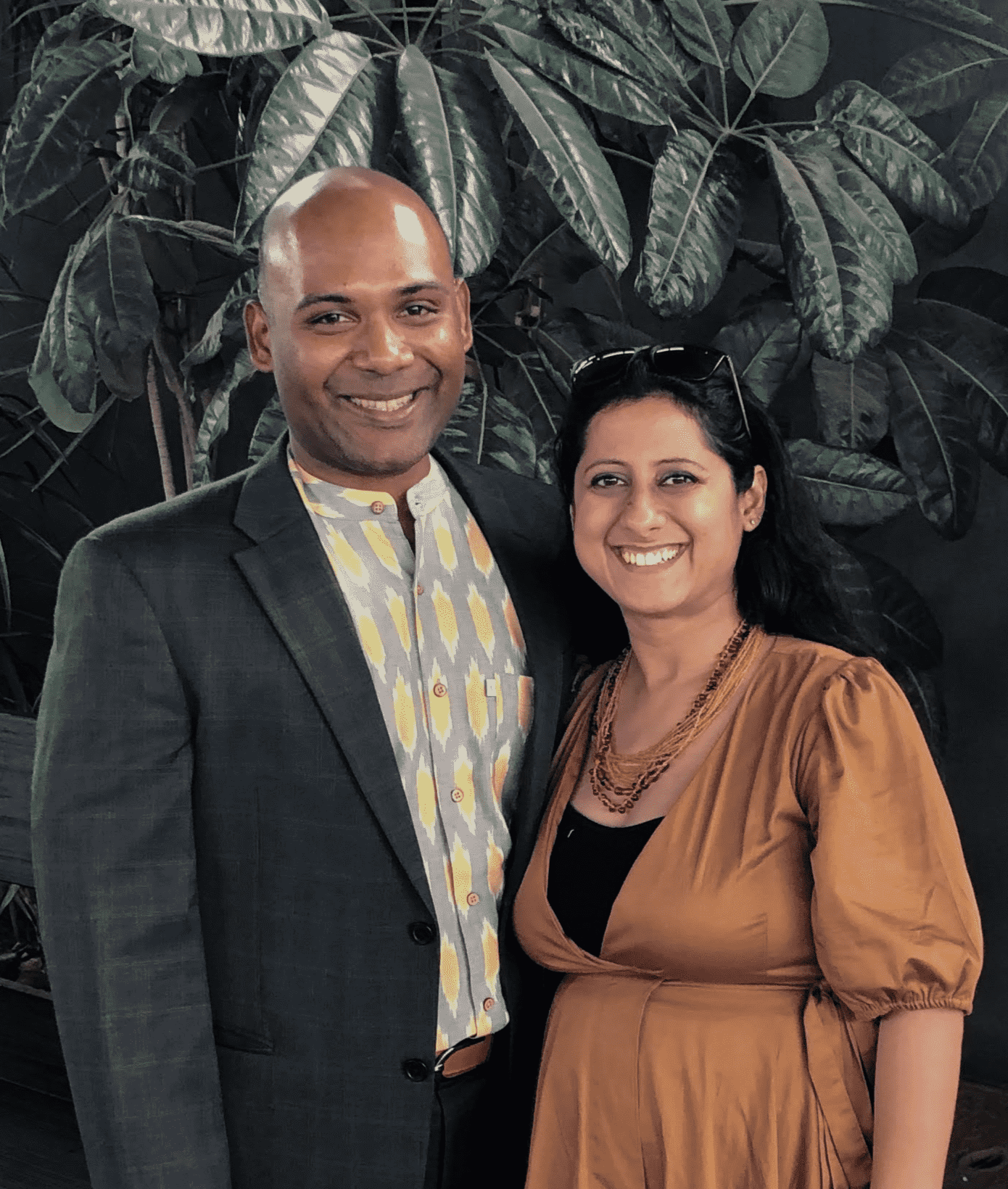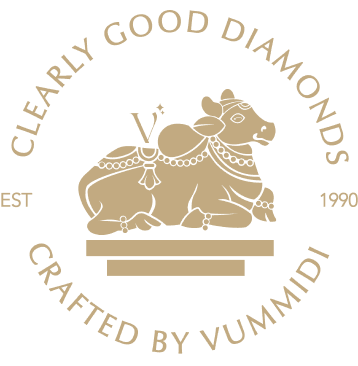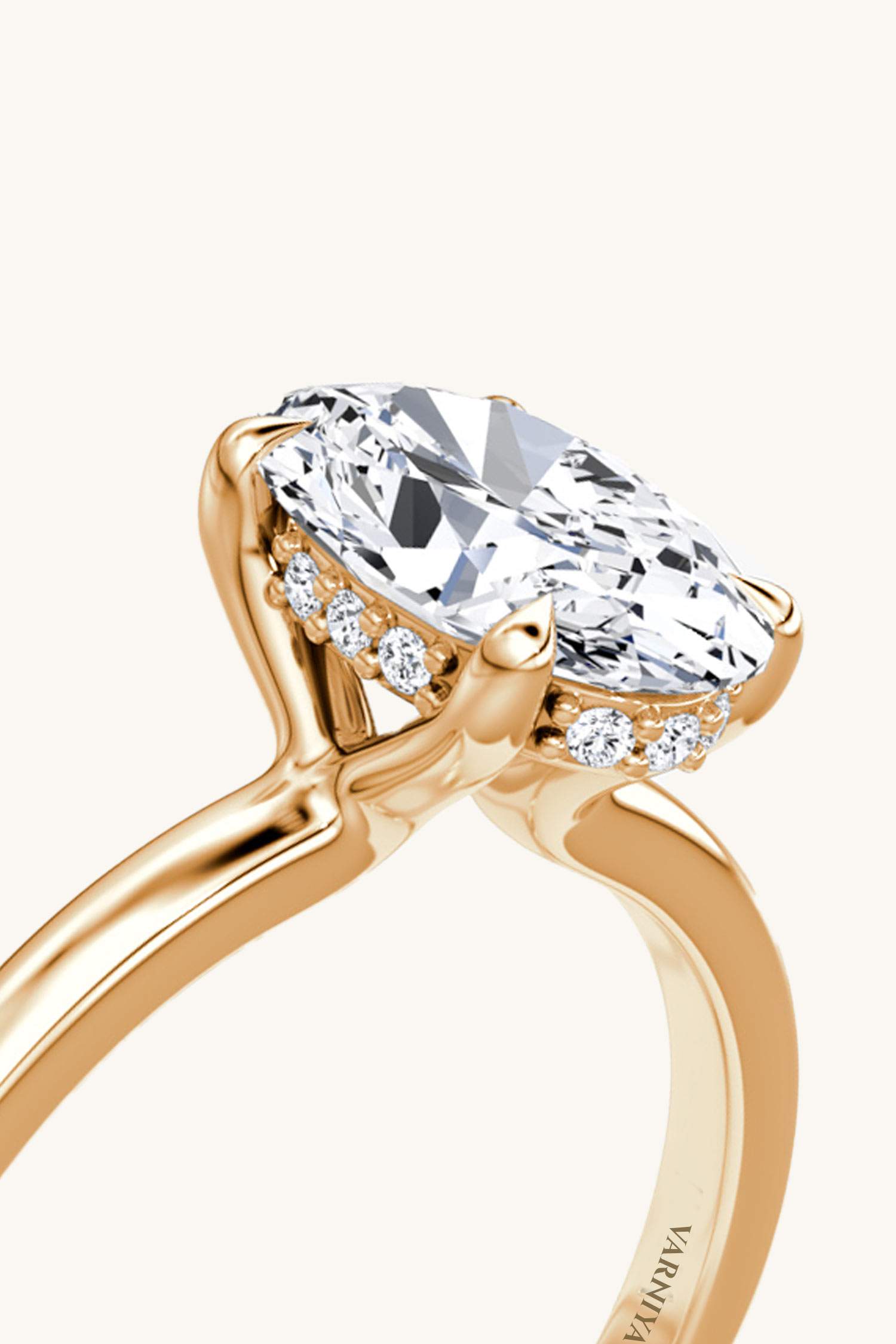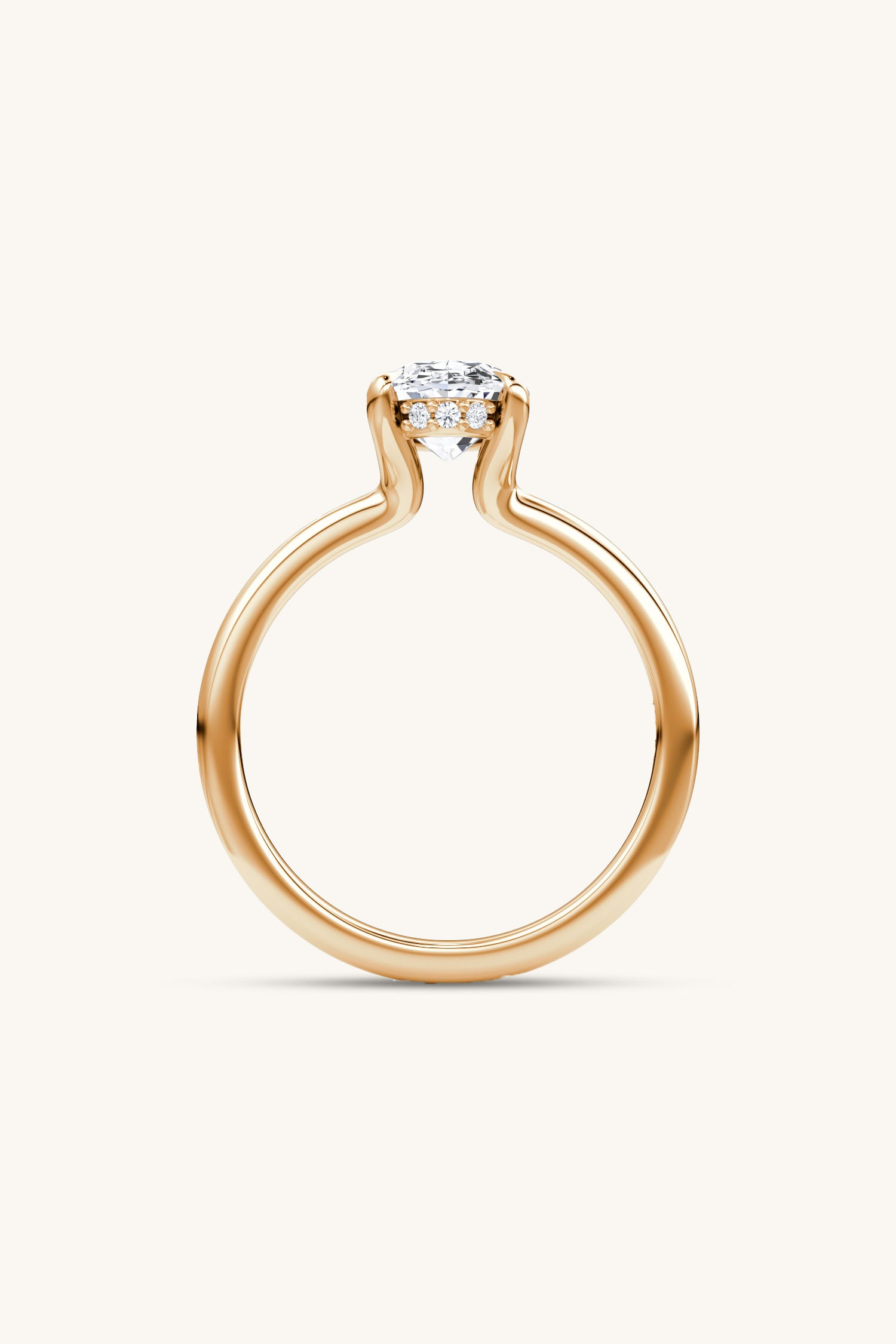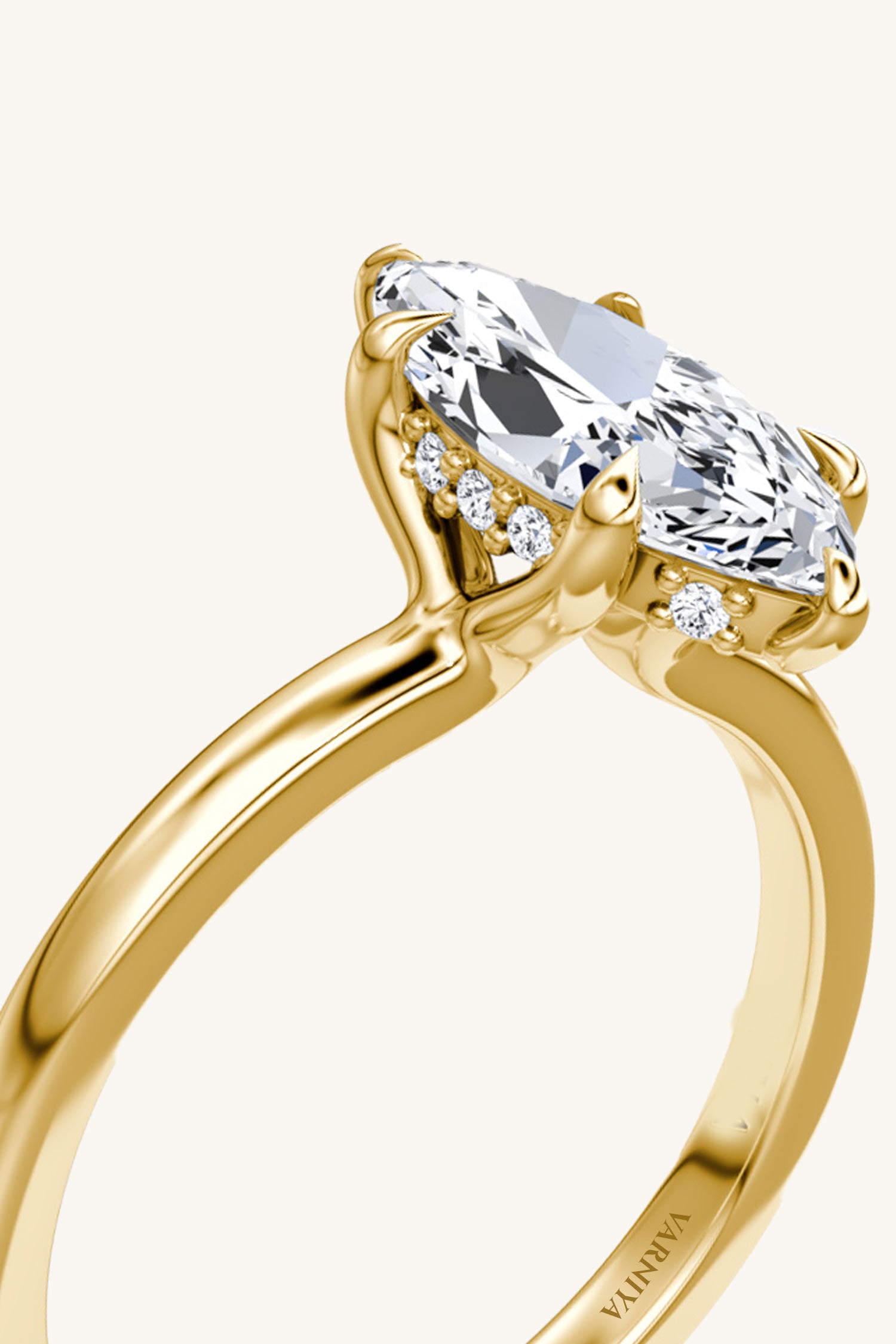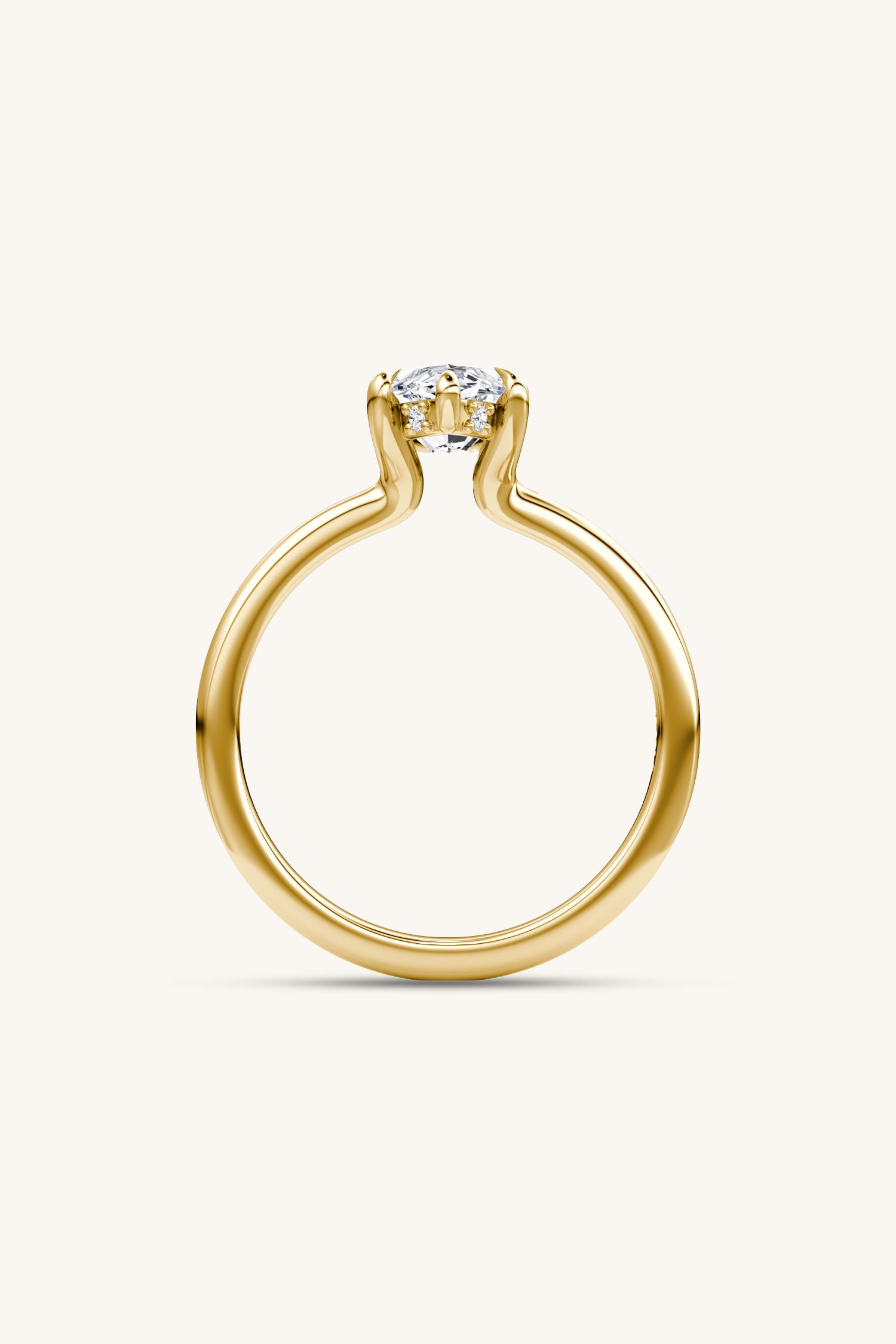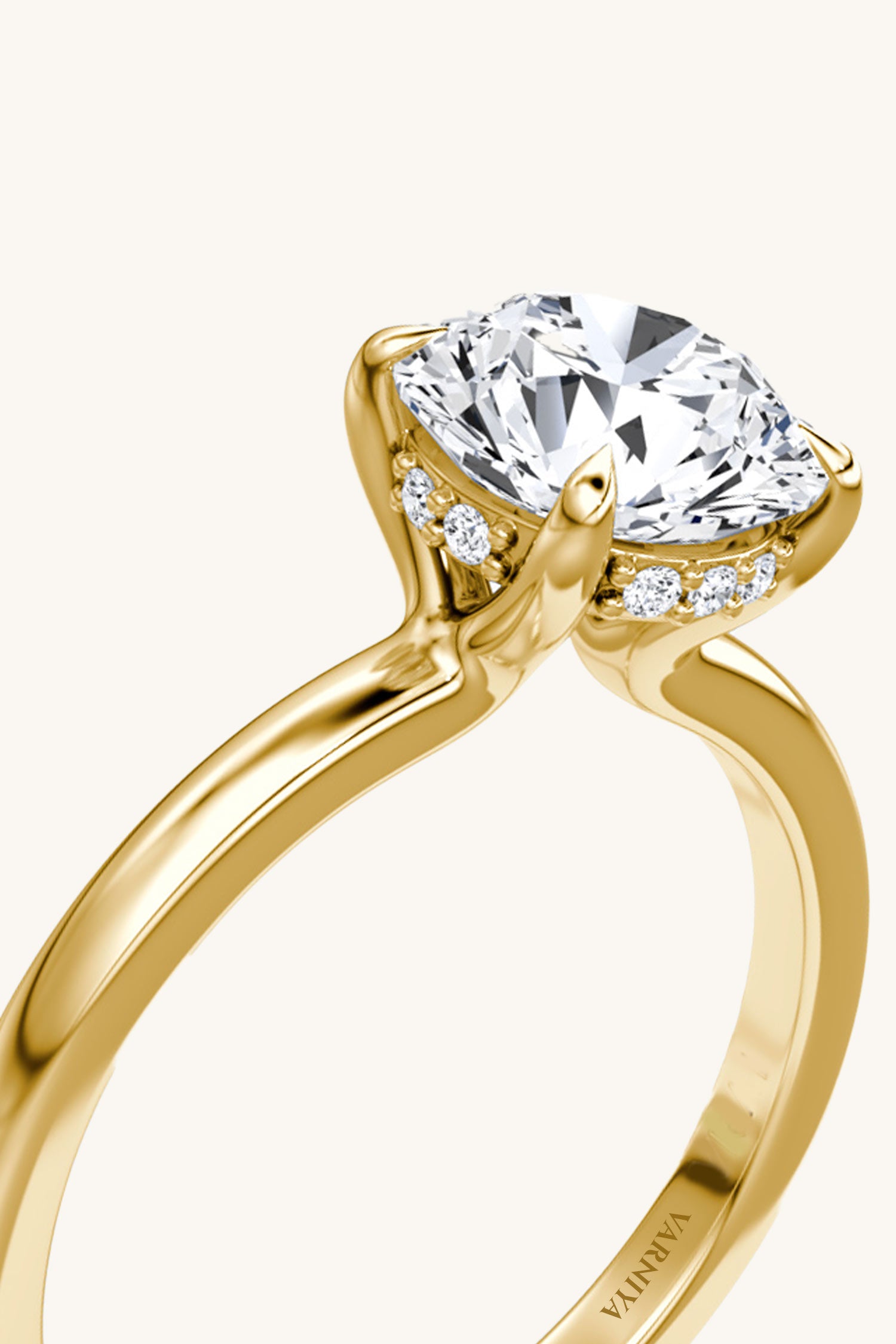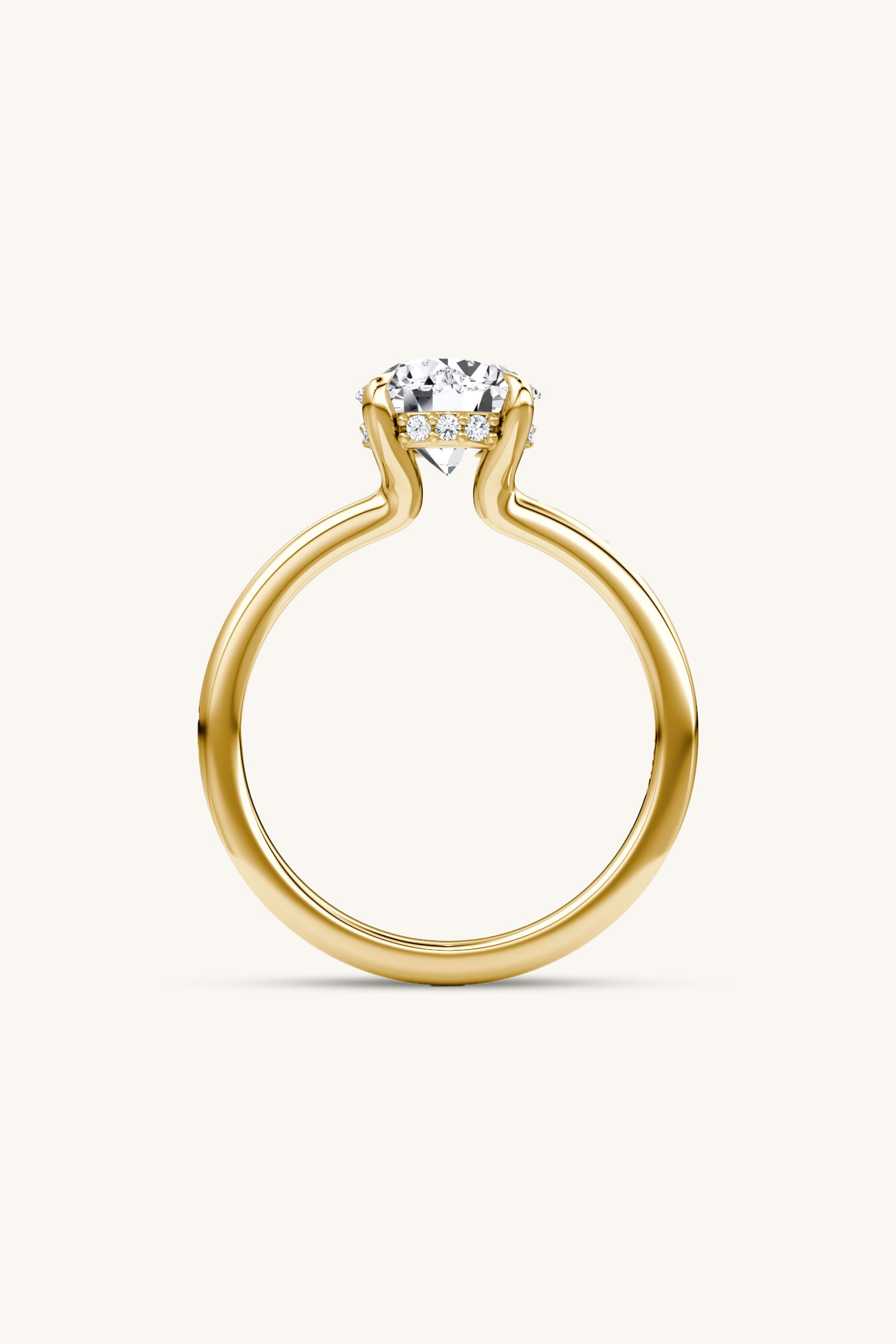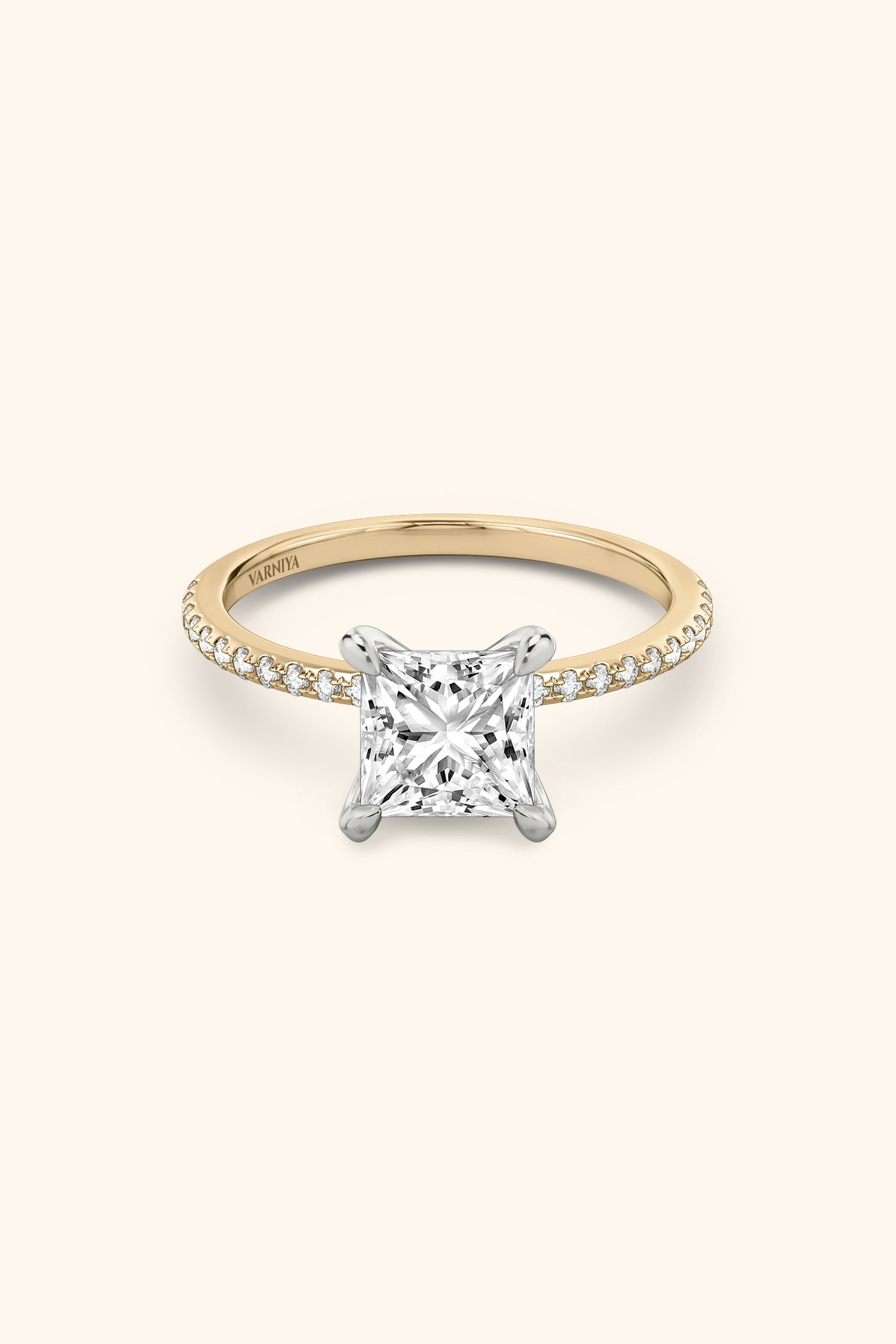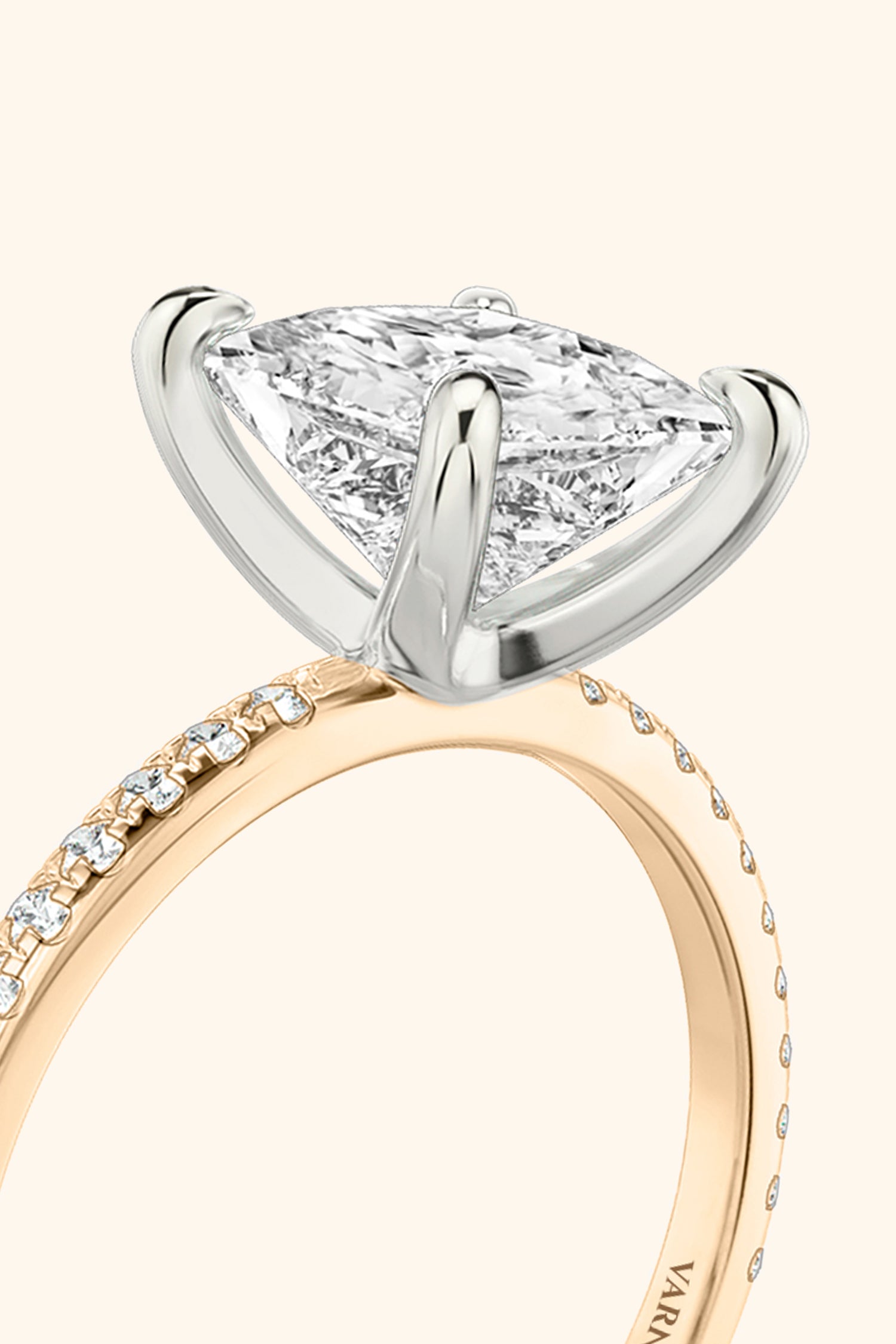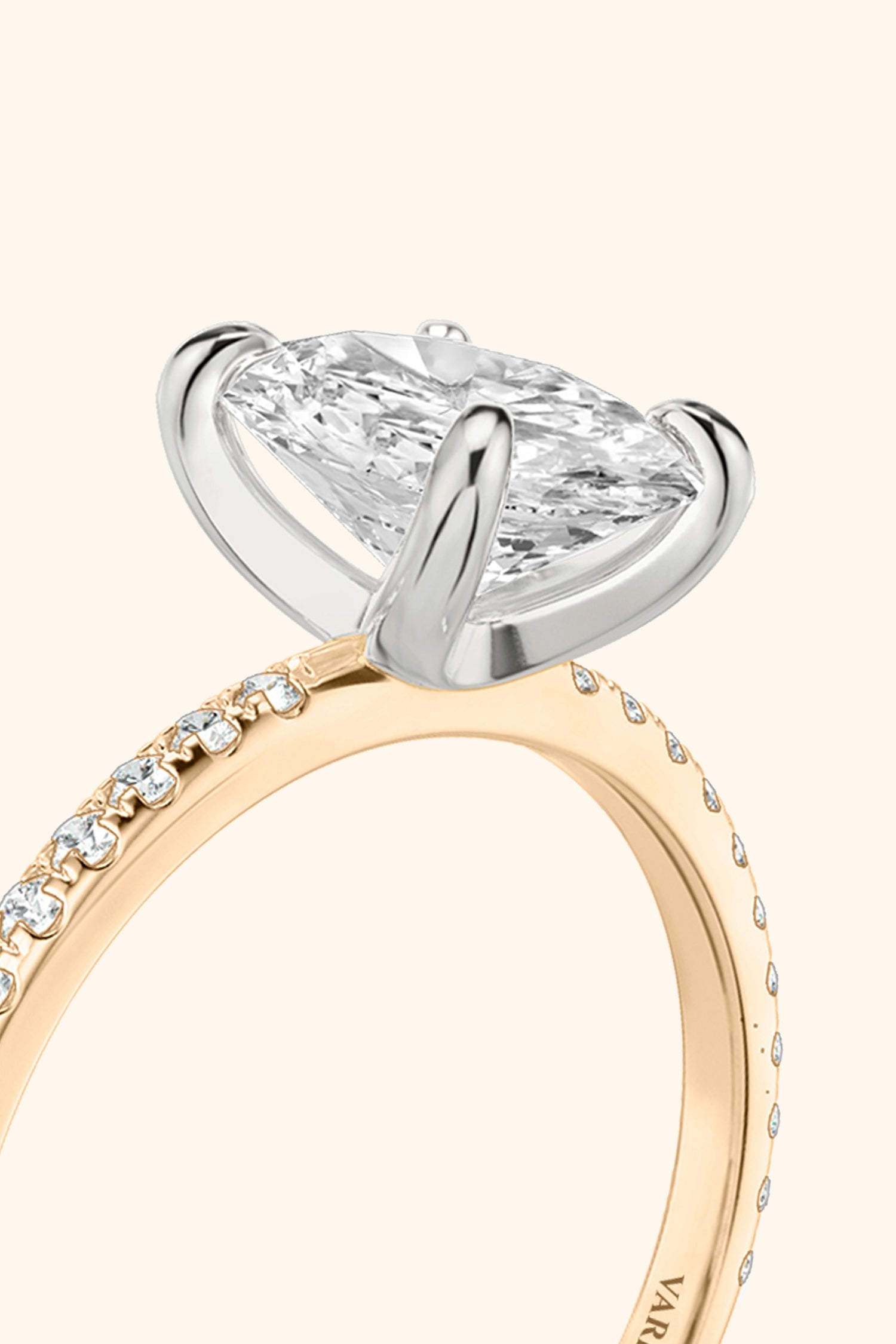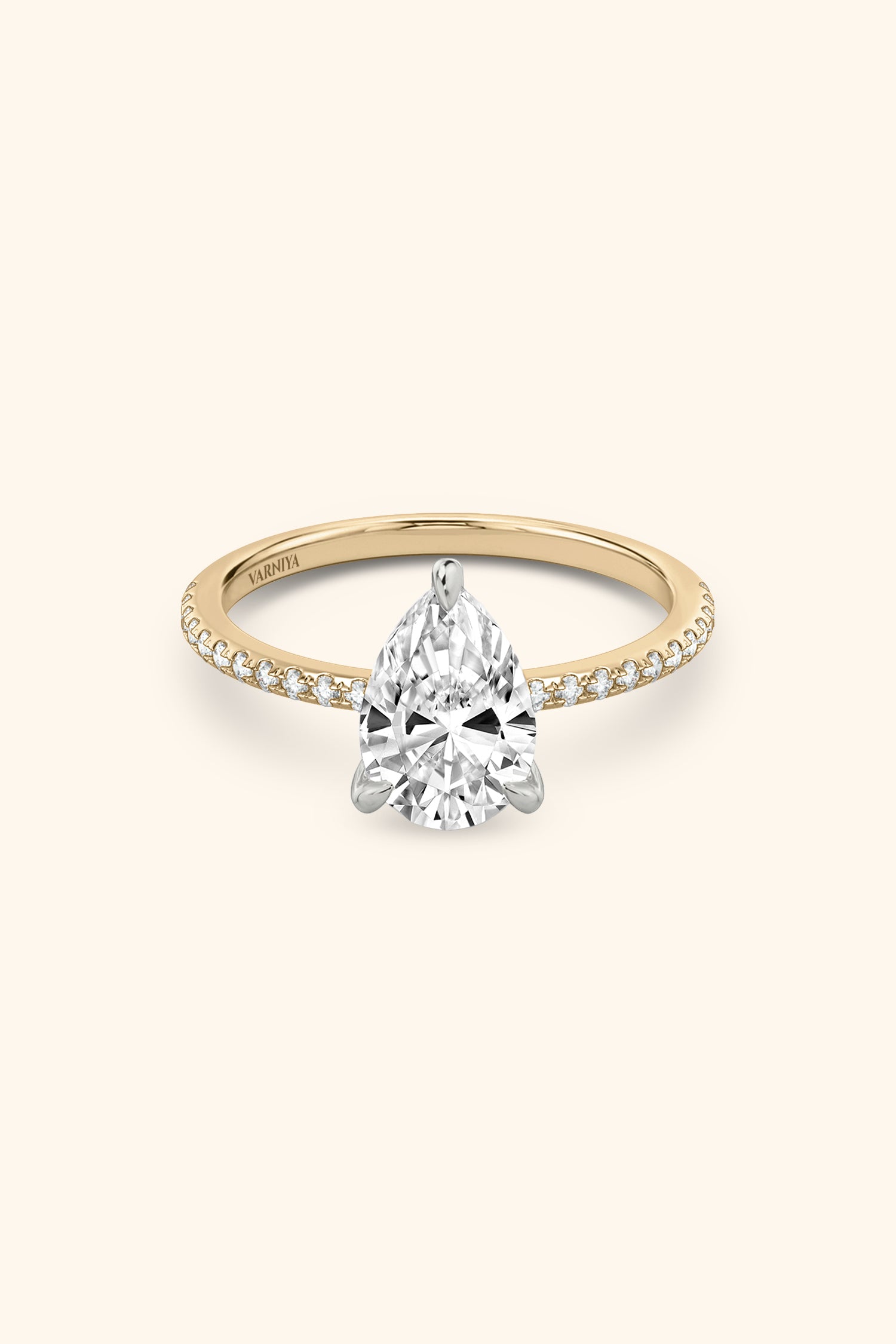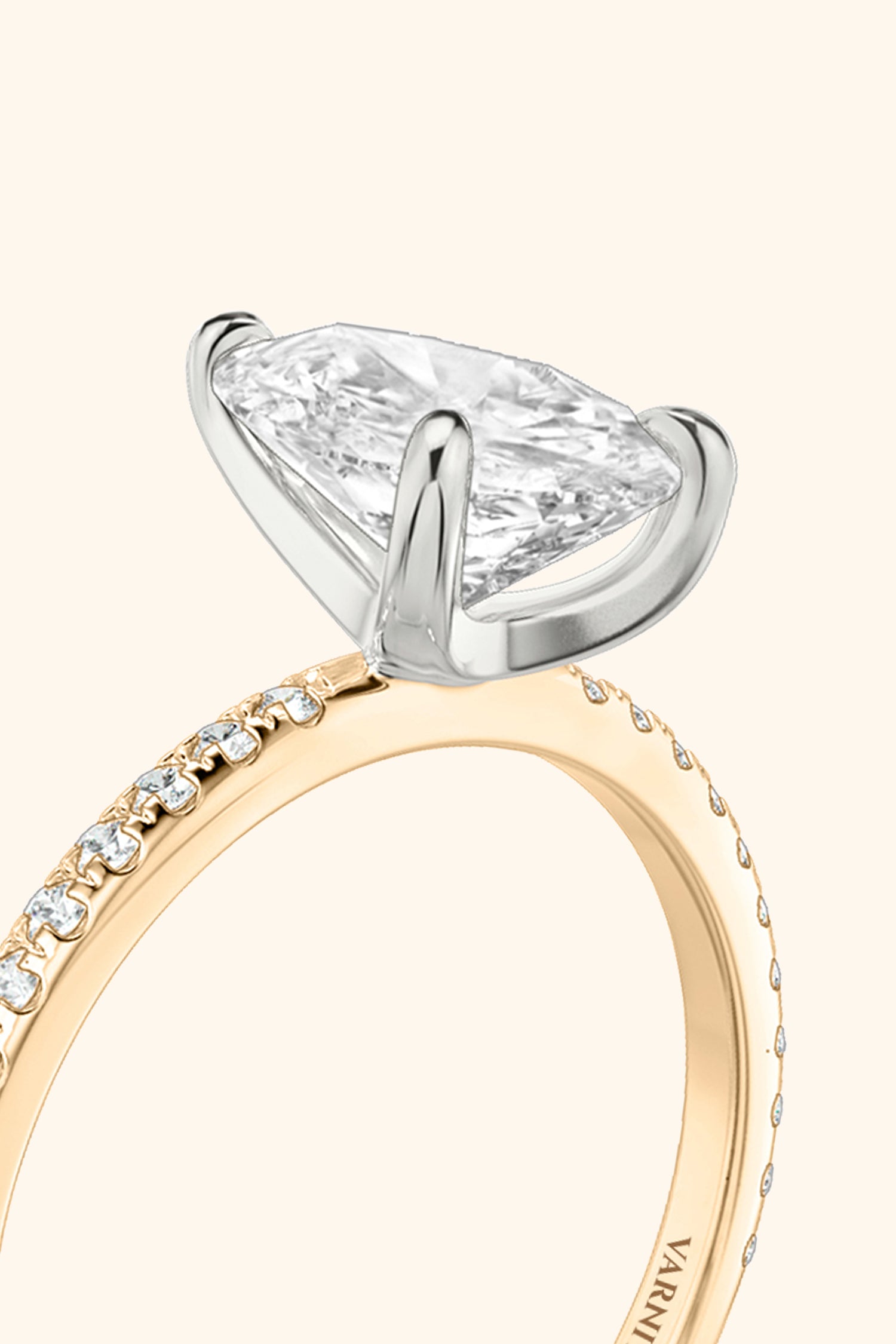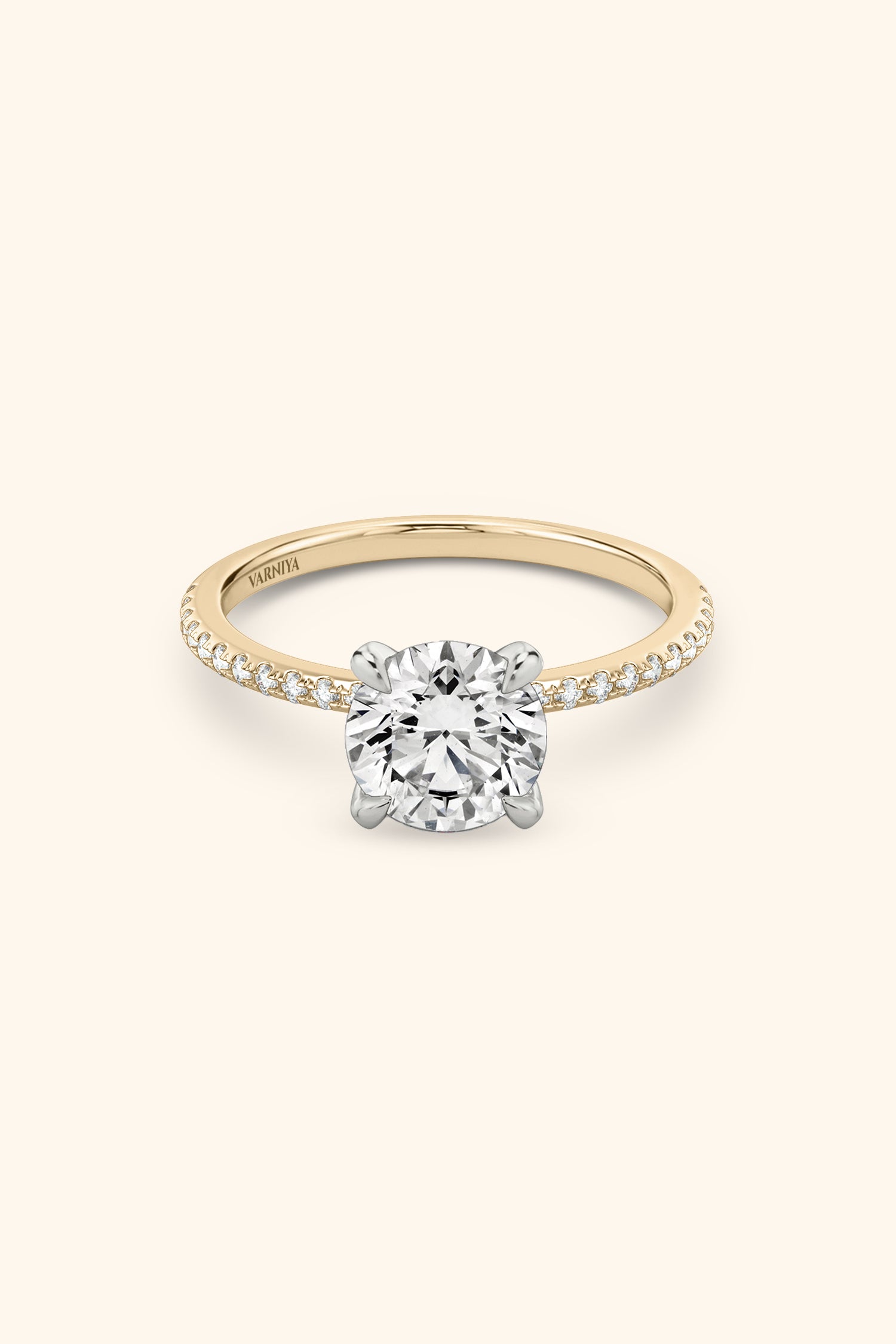What is the 3 Carat Lab Grown Diamond Price in India
Don't overpay! Know the 3 carat lab grown diamond price in India — and learn how to spot overpriced stones and deals worth grabbing.
Thinking of buying a 3 carat lab grown diamond in India? Smart move—but don’t swipe that card just yet. Prices can swing wildly, from ₹1.2 lakh to ₹4.5 lakh or more, depending on clarity, cut, and who’s selling it.
In fact, India became the largest producer of lab grown diamond igi in 2023, according to the GJEPC. This guide breaks down everything you need to know—so you can shop smarter, skip the fluff, and actually get the best deal.
Bookmark this page so you can refer back while comparing deals and designs.
What Is the 3 Carat Lab Grown Diamond Price in India?
Buying a 3 carat lab grown diamond in India is a smart move—if you know what you’re looking for. On average, these diamonds cost between ₹1.2 lakh and ₹4.5 lakh, depending on the cut, clarity, color, and IGI certification.
A round-cut may cost more than a pear or oval due to higher design waste. And yes, shopping online often gives you the best deal compared to store markups.
Why Choose a 3 Carat Lab Grown Diamond?
Let’s say it straight—3 carat lab grown diamonds are a bold, beautiful choice that offers timeless elegance . But they’re not just about size. Here’s why they’re an ideal choice for engagement rings and fine jewelry:
- More affordable than natural diamonds of the same size.
- Part of sustainable luxury: no mining, no harm.
- Comes with IGI certification so you know exactly what you’re getting.
- Available in a variety of styles, sizes, and settings to match your taste.
- A truly exceptional choice for those who want brilliance without overspending.
What Affects the Price of a 3 Carat Lab Grown Diamond?
1. Quality Cut Lab Grown Diamond
The cut decides how shiny your diamond looks. A good cut helps it sparkle and reflect light better. Even if a diamond is big, a poor cut will make it look dull.
- Look for brilliance, symmetry, and proportions in the cut.
- Always ask for an IGI certified report to check the cut grade.
- A diamond with an “Excellent” cut costs more—but it’s worth it.
2. Clarity Grade
Clarity tells you how clean the diamond is. Tiny marks or lines inside the diamond are called inclusions. Fewer inclusions = better clarity = higher price.
- IGI grades clarity as VS1, VS2, VVS1, etc.
- For grown diamonds, clarity can be quite high without the huge price tag.
- You don’t always need the top grade—VS1 or VVS2 is often perfect.
3. Color Grade
The whiter the diamond, the more expensive it is. IGI gives color grades from D (most colorless) to J (slightly tinted).
- G–H grades are a good mix of quality and cost.
- Color affects overall style and look of the ring.
- Some people prefer a warm tone, especially with yellow gold sets.
4. Shape and Style
The shape of the diamond changes the price more than you might think. Round diamonds cost more because they lose more during cutting. Shapes like oval, cushion, or emerald are often cheaper for the same carat weight.
Your style choice also matters. Some designs come with extra diamonds or fancy bands that raise the total cost.
- Round = most expensive shape
- Fancy shapes = better value
- Simple styles = lower overall price
- Designer rings = higher price, even with the same diamond
5. Certification (e.g., IGI)
Always check if the diamond is igi certified to ensure quality. IGI stands for International Gemological Institute—they give a trusted report that shows the diamond’s cut, clarity, color, and carat.
This helps you compare diamonds and avoid getting fooled. A certified grown diamond usually costs more, but you’re paying for proof of quality.
- Confirms real diamond specs
- Helps when shopping across different jewelers
- Easier to find the best deal
- A grown diamond IGI certified ensures you’re not overpaying for unclear specs.
6. Supplier or Jeweler Markup
Prices can also change based on where you buy. Some stores add big markups just for brand name or location. Others keep prices low and sell more online.
Ask questions. Always compare. Don’t pay extra for a logo unless you’re also getting great service, warranty, or custom set options.
- Is the diamond IGI certified?
- Are there other fees or charges?
- Can I see the brilliance and symmetry before I buy?
- Look for jewelers who offer transparent pricing with clear breakdowns for cut, clarity, and certification.
7. Design, Set, and Customization
The design and setting of a diamond ring can make a big difference in how much it costs. Even if two rings use the same 3 carat lab grown diamond, one can be much more expensive because of its look and feel.
Some rings have extra diamonds on the band. Others are made in gold or platinum. You can also customize your piece by choosing the band shape, engraving a name, or matching it with a wedding set.
- Fancy or custom designs raise costs.
- Designer brands charge more, even for the same diamond.
- Perfect symmetry or hand-made settings also increase the final price.
- A simple solitaire ring costs less than a fully decked-out one. A sleek solitaire setting adds just the right touch of sophistication without overwhelming the diamond.
- Before you place your order, double-check the return and resizing policies.
Lab Grown vs. Natural Diamonds: Is the Price Worth It?
Let’s keep it real. A 3 carat lab grown diamond looks just like a natural one—but the price is often 40–60% lower. Why? Lab diamonds are made above ground, so they cost less to produce. You still get brilliance, clarity, and certified quality—just without the extra cost.
- Both are real diamonds
- Lab grown is more sustainable luxury
- You get bigger size for your budget
- Comes IGI certified just like natural ones
- Online is often the best place to compare prices and features side-by-side.
How to Choose the Perfect Engagement Ring Set with a 3 Carat Lab Grown Diamond
- Pick a Ring Style That Reflects Her Personality: Does she love classic looks or bold designs? Choose a style that fits her everyday vibe. A round diamond is timeless, while a pear shape feels more modern.
- Balance Diamond Size with Finger Shape: A 3 carat lab grown diamond is large. On smaller fingers, it may look bigger than expected. Try an oval or cushion cut if you want size without extra width.
- Choose a Secure and Stylish Setting: Go for a setting that protects the diamond. A six-prong design holds the piece firmly, while halo styles add brilliance. Always check the quality of the metal and fit. Platinum settings are a smart pick for those seeking both beauty and durability in daily wear.
- Match the Band Metal to Her Taste: Rose gold is soft and romantic. Platinum is durable and elegant. White gold is clean and bright. Match her taste—not trends.
- Consider a Matching Wedding Band Set: Getting a matching set can save you time and money. It also gives a more polished look when worn together.
- Set a Budget and Stick to It—Smartly: A 3 carat lab grown diamond price in India can range between ₹1.2–₹4.5 lakh depending on clarity, cut, and brand. Decide what matters most—style, size, or setting—and spend wisely.
How to Spot Overpriced Diamonds (and Avoid Them)
- Check the IGI Certification First: Always ask for an IGI certified report. It proves the diamond’s cut, clarity, and color. If there's no certificate, skip the deal. You deserve verified quality.
- Compare Price per Carat Online: Use trusted platforms to check the price per carat. A fair 3 carat lab grown diamond price in India usually falls between ₹1.2 – ₹4.5 lakh, based on shape, design, and set.
- Don’t Overpay for “Design” Unless It Adds Real Value: Some rings look fancy but aren’t worth the markup. If the style, symmetry, color, clarity, or set is basic, don’t pay premium pricing. Choose what fits your budget and taste.
- Watch Out for Vague Grading Terms: If a jeweler says “top quality” or “premium cut” but doesn’t show a report, be cautious. Only trust exact terms like VVS1 clarity or D color from an IGI report.
- Look at Brilliance, Not Just Size: A bigger grown diamond isn’t always better. Check how well it sparkles. A well-cut 2.5 carat can look better than a dull 3 carat. Ask to view the diamond under light. Ask the seller for a close-up video to judge the diamond’s brilliance and sparkle in motion.
- Avoid High Street Markups Without Added Value: Some stores add 20–30% just for their location or brand name. Unless you're getting extra services like resizing, certification, or lifetime cleaning, shopping online may be the best deal. Make sure the item includes the certificate and any customization details before checkout.
Now you know what affects the 3 carat lab grown diamond price in India. Focus on cut, clarity, and IGI certified reports. Compare prices from trusted jewelers and look for the best deal. An igi certified lab grown diamond offers high quality, real brilliance, and is the ideal choice for budget-conscious buyers. Make your pick based on style, design, and what fits your budget.


